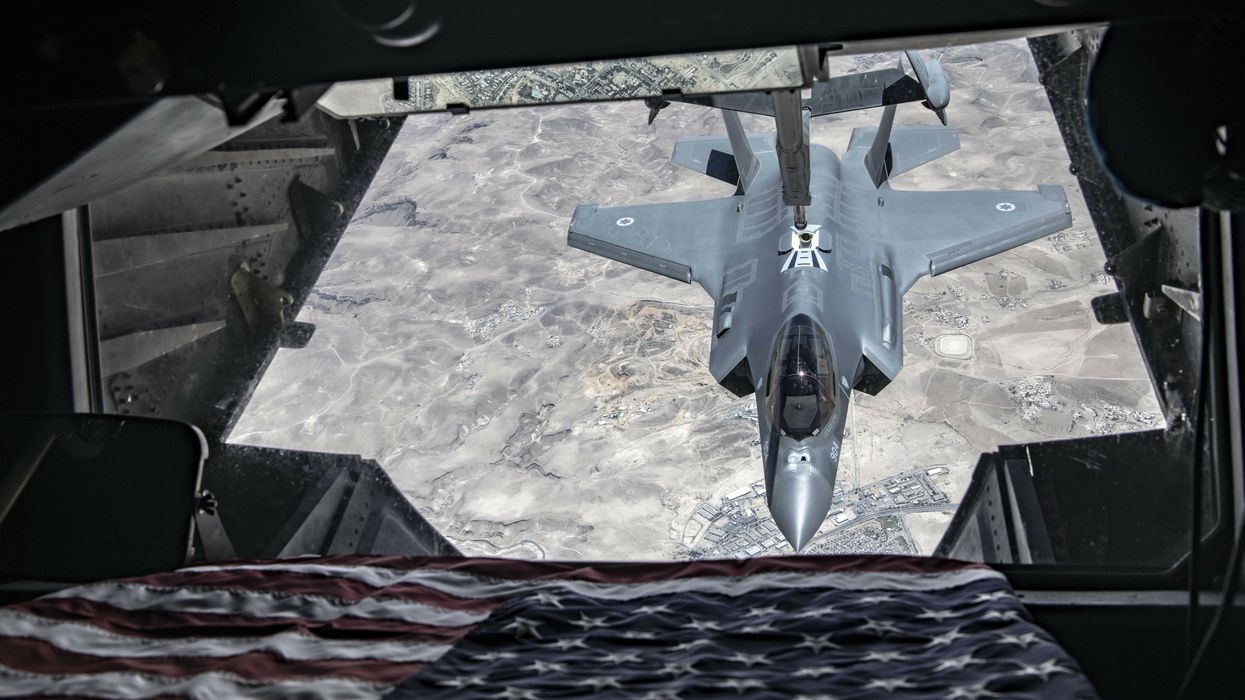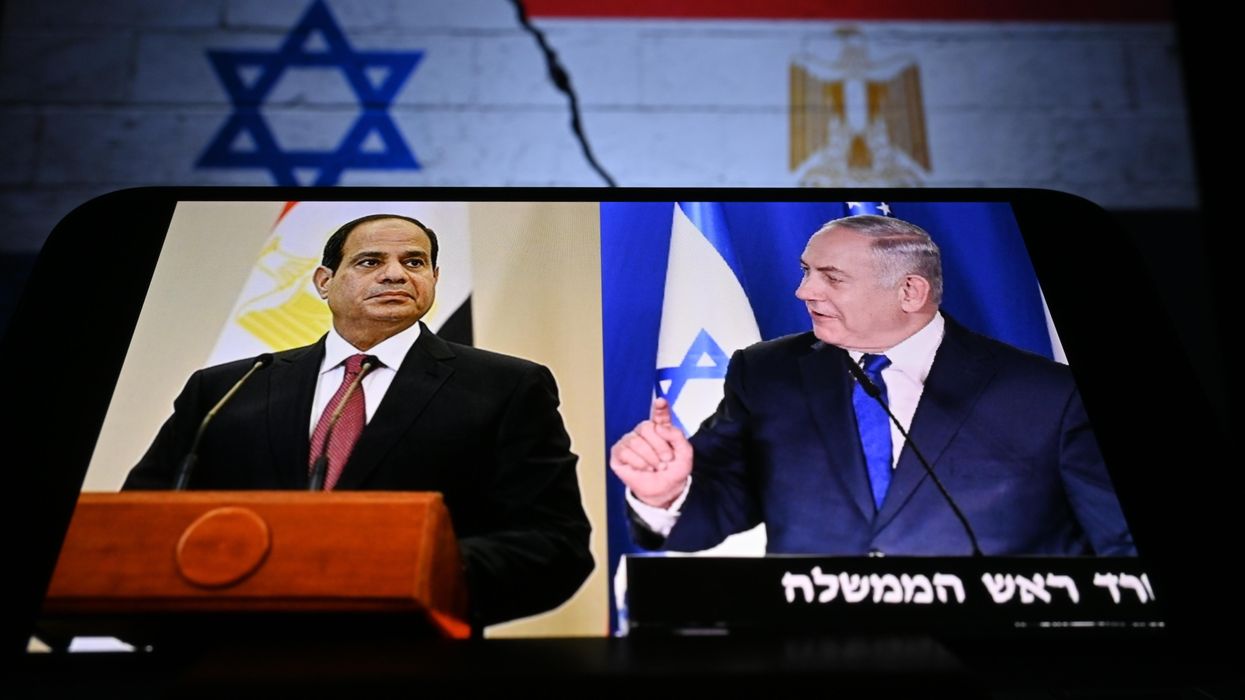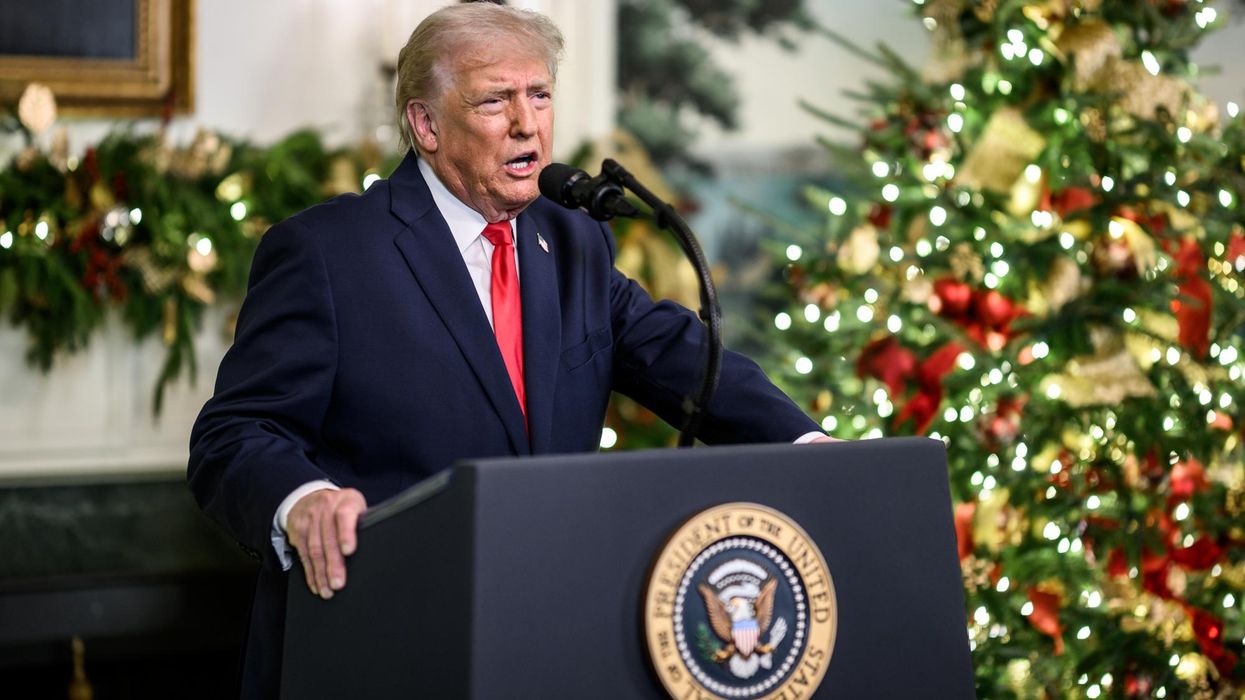Critics of U.S. arms sales policy often oppose questionable deals based on their impacts on human rights and civilian harm, and rightly so. The devastation and repression fueled by U.S. transfers to regimes like Saudi Arabia, the UAE, Egypt, and the Philippines should be opposed based on the human consequences, not to mention the impact on the United States’ reputation in the world. But it is less often noted that sales to these same governments undermine U.S. national security writ large.
For example, as noted in a July 2020 Quincy Institute report on U.S. interests in the Middle East [emphasis added], “the U.S. military’s large footprint in the region, combined with voluminous U.S. arms sales and support for repressive regimes, drives instability and exacerbates grievances and conditions that threaten the United States.” Indeed, the well over $100 billion in U.S. arms sales to Saudi Arabia and the UAE over the past decade has enabled and emboldened them to wage a devastating war in Yemen that has resulted in the deaths of over a quarter million people and put millions at risk of famine, even as it has fueled animus towards the United States and served as a recruiting tool for extremist groups. As Sen. Chris Murphy (D-Conn.) has noted, “there is a U.S. imprint on every civilian death inside Yemen.” This is no way to win friends or positively influence nations in the region.
The UAE’s regional role also undermines long-term U.S. interests. By violating a U.N. embargo on the parties to the civil war in Libya and launching drone strikes there, it has undermined efforts to settle the conflict, to the detriment of peace and stability in North Africa. But the damage to U.S. security inflicted by the UAE doesn’t stop there. As Jon Hoffman, a Ph.D candidate at George Mason University has noted, “the UAE’s rogue behavior has been detrimental to U.S. interests not only within the Middle East but at home as well.” From supporting the coup that brought the Sisi regime to power in Egypt, to backing the Assad regime in Syria, to supporting the military’s suppression of the democracy movement in the Sudan, to surveilling U.S. citizens and attempting to interfere in the U.S. political process, the UAE has consistently taken actions that threaten democracy at home and abroad and make the Middle East and North Africa more dangerous, unstable, and conflict-ridden. If these are the actions of an ally, who needs enemies? And why pour billions of dollars of weapons into supporting such a regime, a move that only enables its reckless behavior and serves as an endorsement of its conduct?
A recognition of the security consequences of runaway arms sales to repressive regimes, coupled with attention to human rights and civilian harm, could reverse the longstanding tendency to throw human rights overboard in arms sales decision making. In its year-end overview of U.S. arms sales in 2021, the State Department asserted that when it comes to arms sales “the United States follows a holistic approach, which weighs political, military, economic, nonproliferation, technology security, end use, and human rights factors to determine the appropriate provision of military equipment.” But U.S. offers of combat aircraft, armed drones, missiles, and bombs to repressive regimes like Saudi Arabia, the UAE, Egypt, and the Philippines make it clear that human rights are at the bottom of the list when it comes to deciding which nations to arm. A clearer understanding of how these sales also undercut broader U.S. interests might change that calculus.
The role of arms sales to repressive regimes in harming U.S. security should be a central concern of the Biden administration’s forthcoming Conventional Arms Transfer directive. The document, which is meant to guide U.S. arms transfer decision making, needs to underscore the multiple downsides of arming autocratic and aggressive governments rather than treating human rights as a separate category with no additional consequences beyond the urgent, but too often overlooked, need to stop enabling massive harm to civilians. If the administration does so, and follows through on its pronouncements, it can help make the world a safer place, serving U.S. security interests in the process.
















